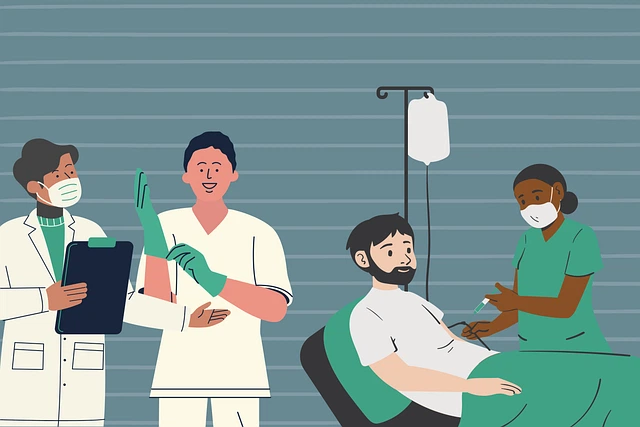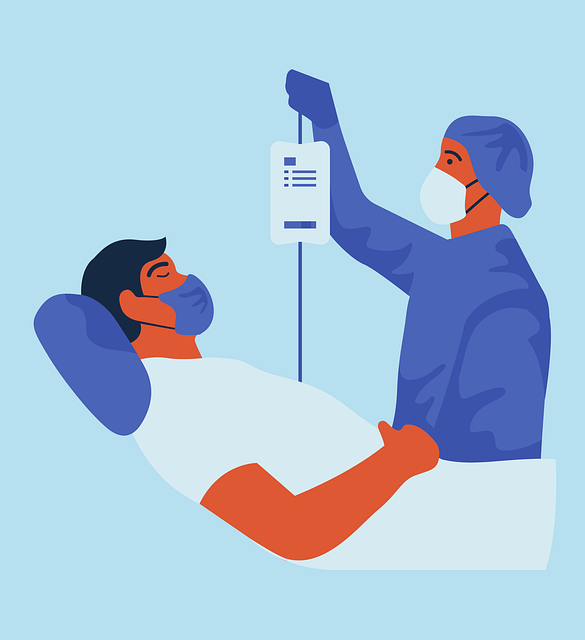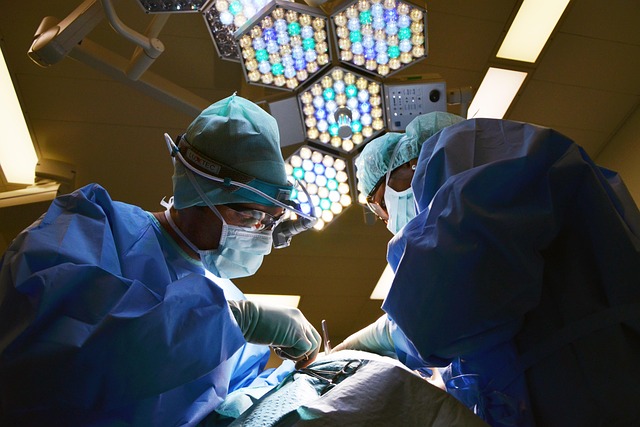Insurance for medical offices is crucial for protecting physical assets, equipment, and inventory from damage or theft. Liability coverage safeguards against patient care claims, accidents, and professional negligence. Policies should include medical malpractice, professional liability, and general liability, with careful consideration of deductibles, limits, and risk profile to ensure financial security and operational resilience in healthcare practices.
In the dynamic landscape of healthcare, ensuring adequate property and liability protection is non-negotiable. This comprehensive guide delves into the intricacies of insurance for medical offices, offering insights on essential coverages and risk management strategies. From understanding property insurance to navigating deductibles, we equip medical professionals with knowledge to shield their investments and businesses from potential legal risks. Discover tailored solutions for customized protection in this authoritative resource on insurance for medical offices.
- Understanding Property Insurance for Medical Offices
- Essential Coverages for Practices: Protecting Your Investments
- Liability Policies: Shielding Your Business from Legal Risks
- Navigating Deductibles and Limits: What to Consider
- Risk Management: Mitigating Potential Hazards
- Types of Insurance: Customized Protection for Medical Professionals
Understanding Property Insurance for Medical Offices

Property insurance is a critical component of risk management for any business, especially medical practices. When it comes to insurance for medical offices, there are specific considerations due to the unique nature of healthcare operations. This type of coverage protects against potential losses related to the physical structure of the office, as well as valuable equipment and inventory.
Medical offices often require property insurance that covers building damage or loss caused by events like fire, theft, or natural disasters. Additionally, it should include provisions for business interruption, ensuring continuity during repairs. Medical equipment, such as diagnostic machines and computers, require special consideration as they are essential for daily operations. The policy should also cover liability aspects, protecting against claims of bodily injury or property damage to patients or visitors.
Essential Coverages for Practices: Protecting Your Investments

When it comes to protecting your practice, an adequate property and liability policy is non-negotiable. For medical offices, specific coverages are essential to safeguard against potential risks and losses. One of the primary concerns for any healthcare provider is the security of their physical assets, including buildings, equipment, and valuable inventory. Therefore, comprehensive insurance for medical offices should include property coverage that protects against damage or theft. This includes not only the structure of the office but also crucial equipment like medical devices and technology infrastructure.
Additionally, liability protection is paramount to guard against claims and lawsuits related to patient care, accidents on premises, or professional negligence. Medical malpractice insurance specifically designed for offices ensures financial stability in the event of legal disputes. By tailoring your policy to include these essential coverages, you can rest assured that your practice is shielded from potential financial disasters, allowing you to focus on providing quality patient care.
Liability Policies: Shielding Your Business from Legal Risks

Liability policies are a crucial component of risk management for any business, especially medical offices. These policies provide financial protection against potential legal claims and suits that may arise from patient care, treatment errors, or other workplace incidents. For medical practices, insurance for medical offices is not just about covering assets; it’s about safeguarding the future of your practice and ensuring continuity of care for your patients.
A comprehensive liability policy can cover various scenarios, including medical malpractice, professional liability, and general liability. Medical malpractice insurance specifically protects against claims of negligence related to patient treatment, while professional liability covers errors or omissions in your professional services. General liability, on the other hand, provides a safety net for accidents or injuries that may occur on your premises, offering protection for legal costs and settlements resulting from such incidents.
Navigating Deductibles and Limits: What to Consider

Navigating deductibles and limits is a crucial aspect of understanding your property and liability insurance policies, especially for medical offices. Deductibles represent the amount you must pay out-of-pocket before your insurance kicks in, while limits determine the maximum coverage provided by your policy. When considering insurance for medical offices, it’s essential to strike a balance between these factors.
For instance, a higher deductible might lead to lower premiums, but ensure you have sufficient funds to cover unexpected expenses upfront. On the other hand, setting appropriate limits is vital to protect against significant financial losses in case of claims or damages. Regularly reviewing and adjusting your deductibles and limits based on your office’s risk profile and financial health is a wise practice, ensuring you’re adequately insured without unnecessary costs.
Risk Management: Mitigating Potential Hazards

Risk management is a critical aspect of running any business, but especially so for medical practices. Effective risk mitigation strategies can help protect your assets and ensure the safety of patients and staff. One of the key components of this process is securing appropriate insurance for medical offices, which includes both property and liability coverage.
Property insurance protects against physical damage to your facility, equipment, and other assets. This could include coverage for fires, theft, vandalism, or natural disasters. Liability insurance, on the other hand, shields against claims of bodily injury or property damage suffered by patients or visitors. By proactively managing these risks through comprehensive insurance policies, medical practices can safeguard their financial stability and operational continuity.
Types of Insurance: Customized Protection for Medical Professionals

Medical professionals, from doctors and nurses to specialists and administrators, face unique risks in their daily practices. This is where tailored property and liability insurance policies step in as a lifeline, offering specialized protection for medical offices and their staff. These insurance plans are designed to cover a wide array of potential hazards, from medical malpractice suits to damage to the facility itself.
The specific types of coverage can include professional liability insurance, which safeguards against claims of negligence; property insurance to protect physical assets; and even workers’ compensation for on-the-job injuries. By tailoring these policies to their unique needs, medical practices can ensure they are prepared for any contingency, fostering a safer environment for both patients and staff while safeguarding their financial interests.
